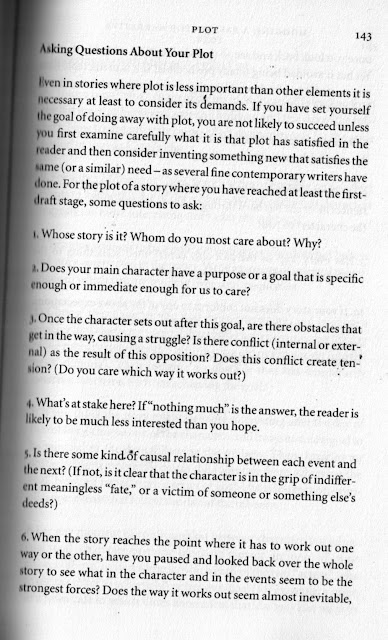The Paris Review: Mapping Plot
Crazy plot diagramming of TV shows.
Norman Friedman: The Theory of the Novel
Plots of Fortune
The Action plot – what happens next
The Pathetic Plot – sympathetic protag undergoes misfortune through no fault of her own
The tragic plot—sympathetic protag who has strength of will & ability to change his thought “suffers from a misfortune, part of all of which he is responsible for…and subsequently discovers his error too late
The Punitive Plot—a protag who is unsympathetic gets his due
Sentimental Plot – sympathetic protag survives the threat of misfortune and comes out all right at the end
Admiration Plot – our final response is respect and admiration for man outdoing himself and the expectations of others concerning what man is normally capable of
Plots of Character
The Maturing Plot—a sympathetic but apparently purposeless protag achieves strength and direction
The reform plot—we feel impatience & irritation when seeing through a sympathetic protag’s mask and then indignation when he continues to deceive others and then finally a sense of
The testing plot—protag pressured to compromise or surrender his noble ends and habits
The degenerative plot – sympathetic & ambitious protag is subject to crucial loss and falls apart
Plots of Thought
Education plot—sympathetic protag undergoes a threat of some sort and emerges into a new and better kind of wholeness in the end
The Revelation plot—protag must discover the truth of his situation before he can come to a decision
The Affective plot—the protag comes to see some other person in a truer light than before
The Disillusionment plot – a sympathetic and idealistic protag after being subjected to some kind of loss, threat or trial, loses that faith entirely









No comments:
Post a Comment